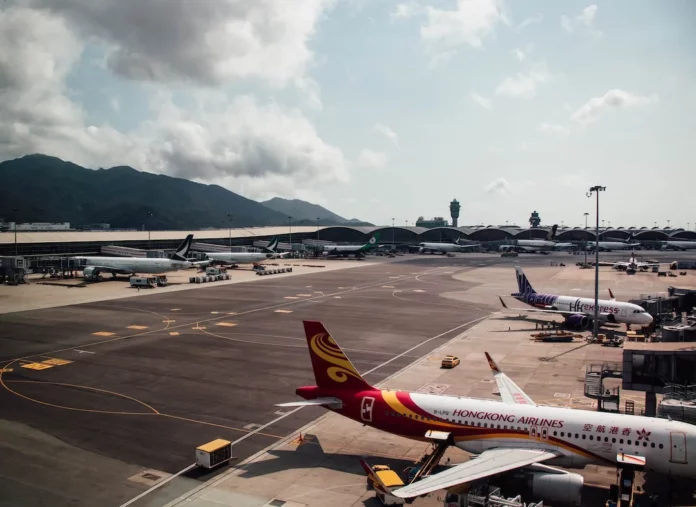When it comes to aviation, there are numerous technical terms and acronyms that pilots and air traffic controllers use every day. One such term is a transponder, which plays a critical role in the safety and efficiency of air travel. In this article, we will explore what a transponder is, how it works, and its significance in aviation.
Contents
What is a Transponder?
In aviation, a transponder, often abbreviated as XPNDR, is an electronic device installed on an aircraft that receives and transmits signals in response to interrogation from air traffic control (ATC) radar systems. The transponder is primarily used for the purpose of identifying and tracking aircraft, providing important information such as its altitude, speed, and unique identification code.
Transponders play a vital role in air traffic control by helping ATC systems identify and monitor aircraft. When a radar system sends out a signal, it expects a response from the aircraft’s transponder in the form of a specific code or Mode. This code contains information about the aircraft and its flight, allowing air traffic controllers to keep track of its position relative to other aircraft and provide appropriate instructions for safe and efficient movement within the airspace.
How Does a Transponder Work?
A transponder operates by receiving signals from radar systems and sending out a specific response. This response is generated based on the information received and can include details such as the aircraft’s altitude, speed, and unique identification code. To understand the working of a transponder, let’s break it down into three main components:
1. Receiver
The receiver in a transponder is responsible for picking up signals sent by radar systems. These signals contain information about the aircraft’s location, altitude, and speed. Once the receiver captures the radar signal, it sends this information to the transponder’s processor for further processing.
2. Processor
The processor is the brain of the transponder. It receives the information from the receiver and analyzes it to generate an appropriate response. This response typically includes the aircraft’s identification code, altitude, and additional data required by ATC systems to accurately track and identify the aircraft.
3. Transmitter
The transmitter is responsible for sending out the response generated by the processor. It encodes the information into a specific format and transmits it back to the radar system. This response is received by air traffic control, allowing them to identify and track the aircraft.
It’s important to note that transponders work on specific modes or codes, which determine the type of information transmitted. The most commonly used transponder mode is Mode A/C, where Mode A provides the aircraft’s unique 4-digit identification code, and Mode C provides altitude information.
Significance of Transponders in Aviation
Transponders are a critical component of modern aviation and play a crucial role in ensuring the safety and efficiency of air travel. Here are a few reasons why transponders are of utmost importance in aviation:
1. Identification and Tracking
As mentioned earlier, transponders help air traffic controllers identify and track aircraft. With the unique identification code transmitted by the transponder, controllers can easily distinguish between different aircraft and monitor their movements in real-time. This is essential for maintaining the required separation between aircraft and ensuring safe and efficient flow within the airspace.
2. Collision Avoidance
Transponders also play a vital role in collision avoidance. By transmitting an aircraft’s position, altitude, and speed, transponders allow air traffic controllers to detect potential conflicts or collisions between aircraft. This information enables controllers to provide timely instructions to pilots to avoid such situations, thus enhancing safety in the skies.
3. Enhanced Surveillance
With the advent of new technologies, transponders have evolved to provide enhanced surveillance capabilities. One example is Automatic Dependent Surveillance-Broadcast (ADS-B), a technology that relies on transponders to broadcast an aircraft’s position, velocity, and other information to ground stations and nearby aircraft. ADS-B enhances situational awareness and allows for more precise tracking of aircraft, enabling improved air traffic management.
Transponders have become an integral part of aviation safety and efficiency. As technology advances, further developments in transponder technology are expected to enhance the capabilities of air traffic control systems and improve the overall aviation experience.
Conclusion
A transponder is a vital component of aviation, facilitating efficient air traffic control operations and ensuring the safety of aircraft. By receiving signals from radar systems and transmitting relevant information back, transponders assist in identification, tracking, collision avoidance, and enhanced surveillance. As aviation continues to evolve, transponders will play an increasingly important role in the advancement of air traffic management and the overall aviation industry.




